#walking dress
Photo
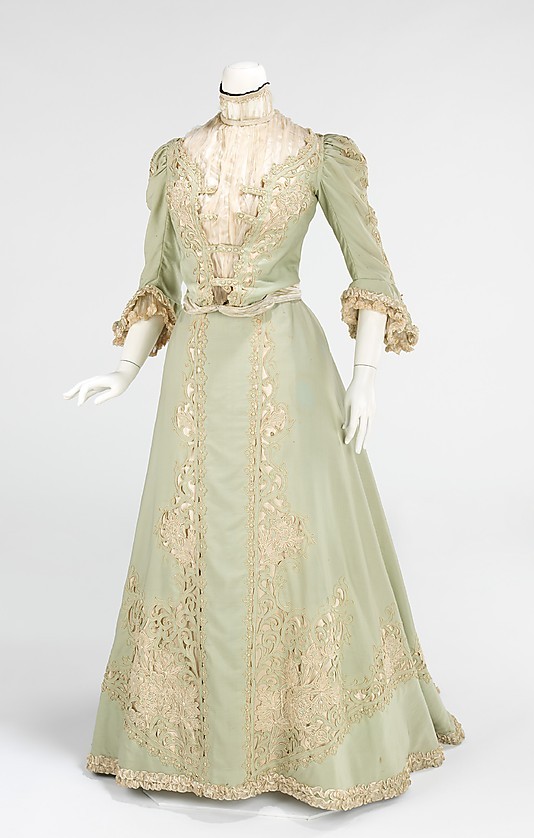
Promenade Dress
c.1903
United States
The MET (Accession Number: 2009.300.307a, b)
#walking dress#fashion history#historical fashion#edwardian#1900s#20th century#turn of the century#green#off white#wool#silk#united states#the met#popular
2K notes
·
View notes
Photo

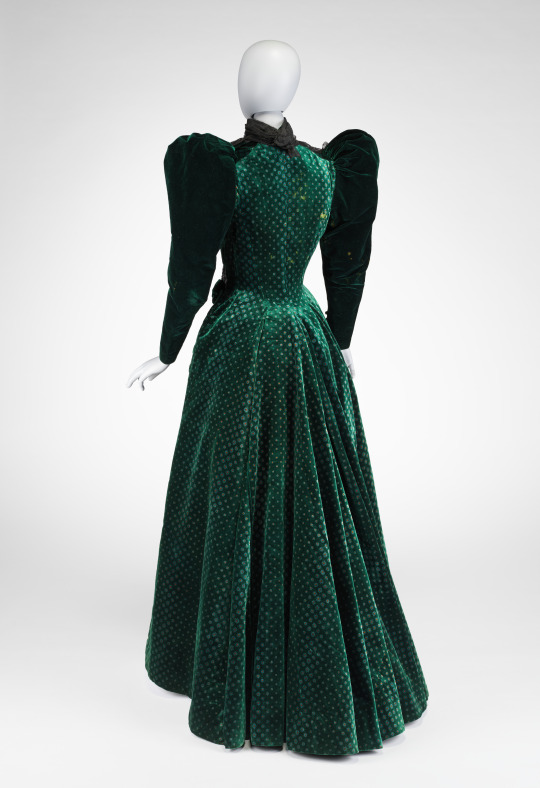
Walking dress by Madame Laferrière ca. 1893
From the Metropolitan Museum of Art
1K notes
·
View notes
Text
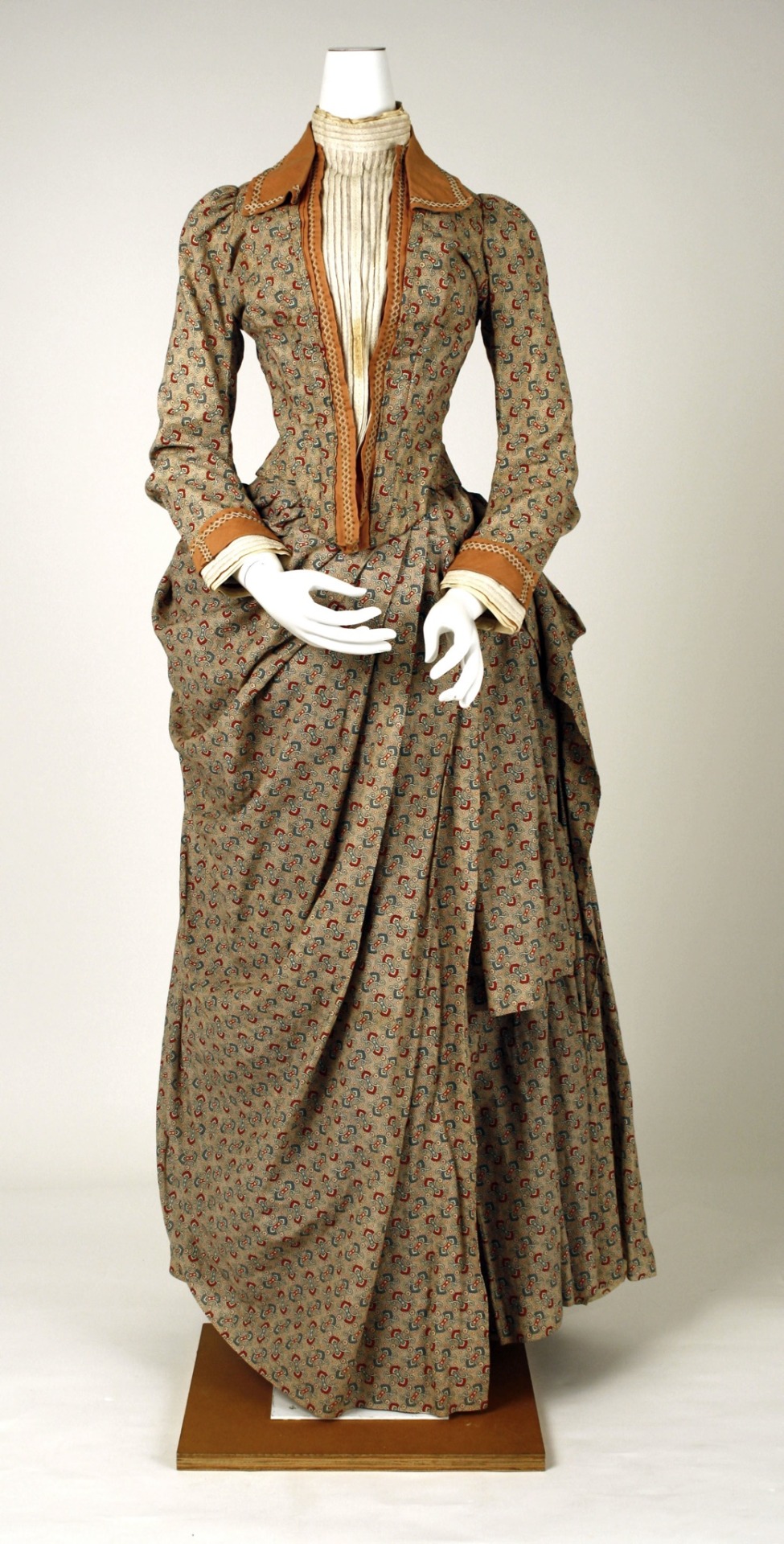


Brown printed cotton walking dress, ca. 1885, French.
Met Museum.
#brown#womenswear#extant garments#dress#silk#19th century#france#met museum#1885#cotton#printed cotton#walking dress#1880s#1880s dress#1880s extant garment#1880s France
327 notes
·
View notes
Text


Walking dress, 1893. Madame Laferrière.
64 notes
·
View notes
Text

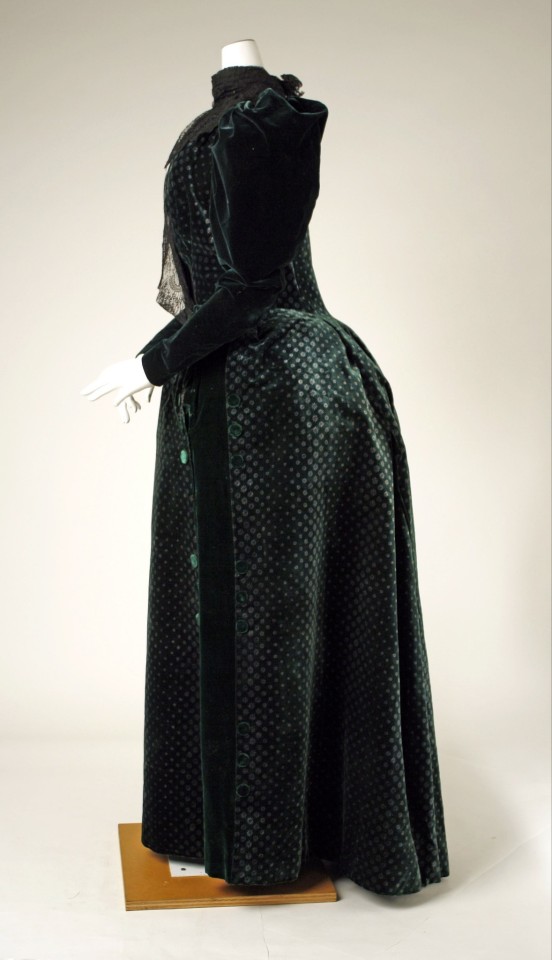
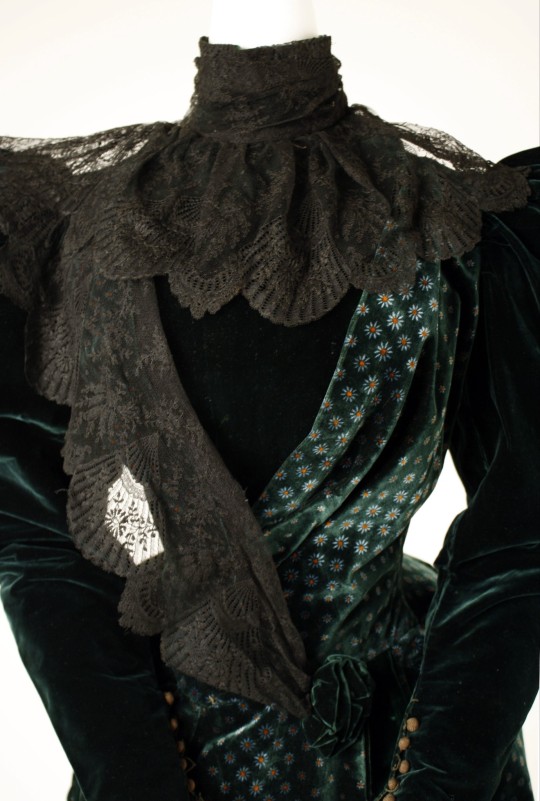

• Walking dress.
Date: ca. 1893
Culture: French
Medium: Silk, cotton
#fashion history#history of fashion#dress#fashion#19th century fashion#19th century#19th century dress#walking dress#ca. 1893
593 notes
·
View notes
Photo
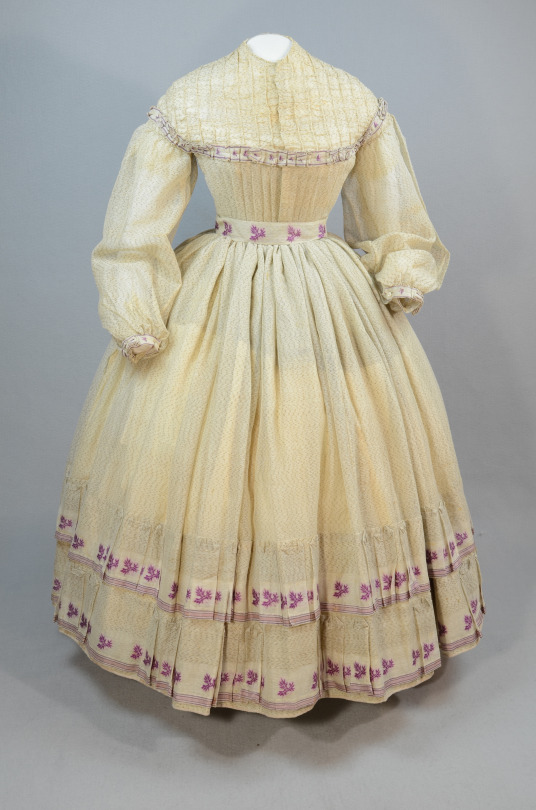


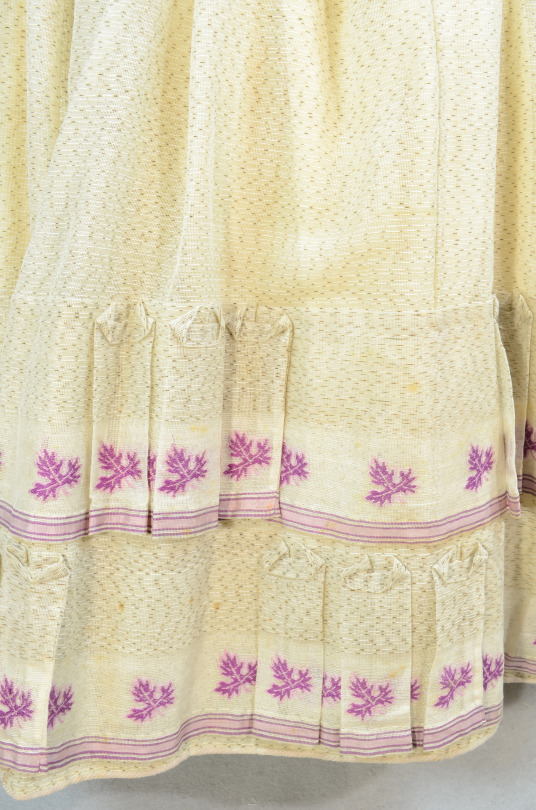
1860s Wool barege walking dress, three pieces with bodice, skirt, and sash
(Irma G. Bowen Historic Clothing Collection / University of New Hampshire Library)
492 notes
·
View notes
Photo
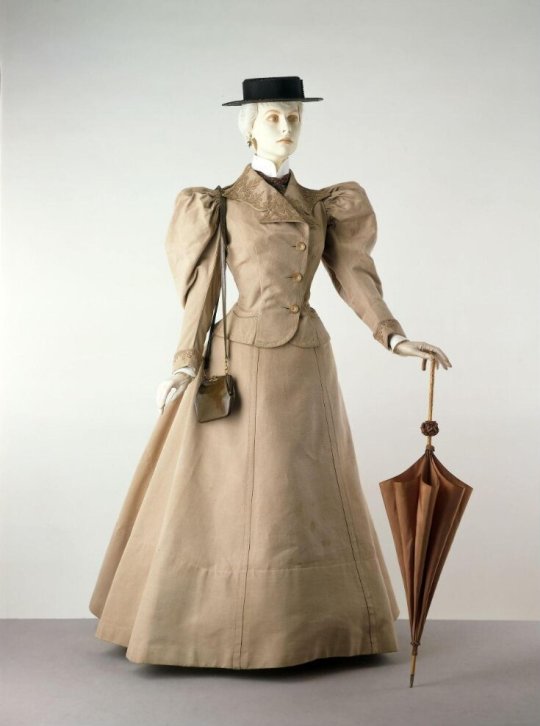
Walking Costume | c.1895 | French
#I doubt this is middle class but perhaps similar to?#walking dress#walking costume#french#1890s#1895#tan#19th Century#historical fashion#historic fashion
110 notes
·
View notes
Text
1908 (29 Feb issue) La Mode Nationale - Costume trotteur. From gallica.bnf.fr; fixed flaws & spots w Pshop 1533X1782.
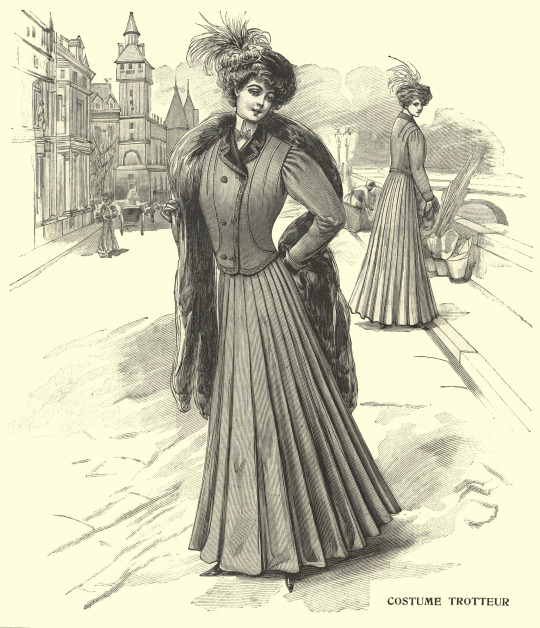
#1908 fashion#1900s fashion#Belle Époque fashion#Edwardian fashion#walking dress#bouffant coiffure#feathered hat#elbow-length sleeves#jacket#lapels#long sleeves#close skirt#fur stole
3 notes
·
View notes
Text
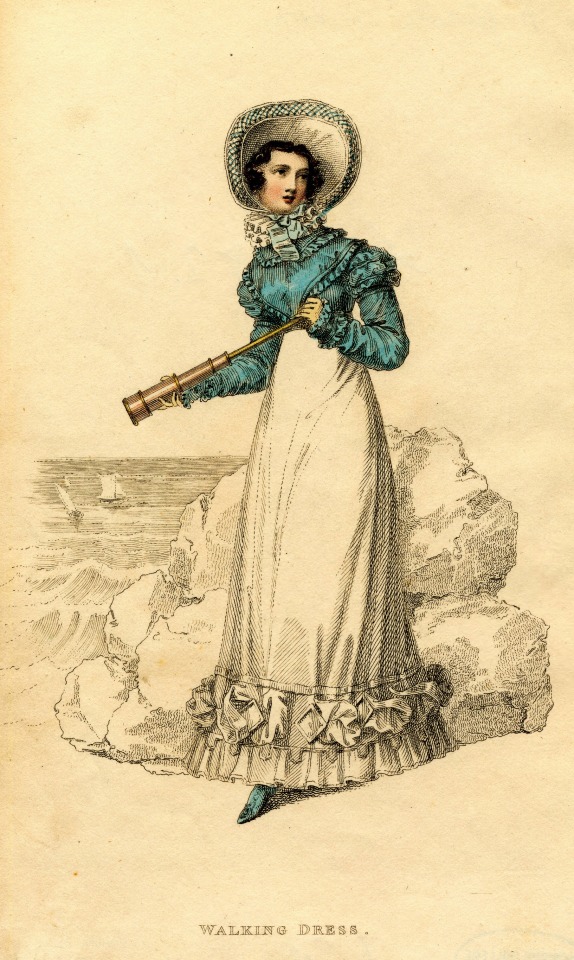
2 notes
·
View notes
Photo





Courtesy of @kchasm:
Thomas Wayne has a Ryu Number of 3,
Negan Smith has a Ryu Number of 1,
Joe DiMaggio has a Ryu Number of 3/4,
Edward Blake a.k.a. the Comedian has a Ryu Number of 4,
all of whom have been played by Jeffrey Dean Morgan.
(update below)
(UPDATE: With the release of the Batman DLC in Minecraft, Thomas Wayne’s Ryu Number has been shortened to 2.)

#thomas wayne#batman#dc comics#detective comics#negan smith#the walking dead#walking dress#twd#joe dimaggio#new york yankees#yankees#major league baseball#mlb#baseball#edward blake#the comedian#watchmen#jeffrey dean morgan#ryu number
38 notes
·
View notes
Photo
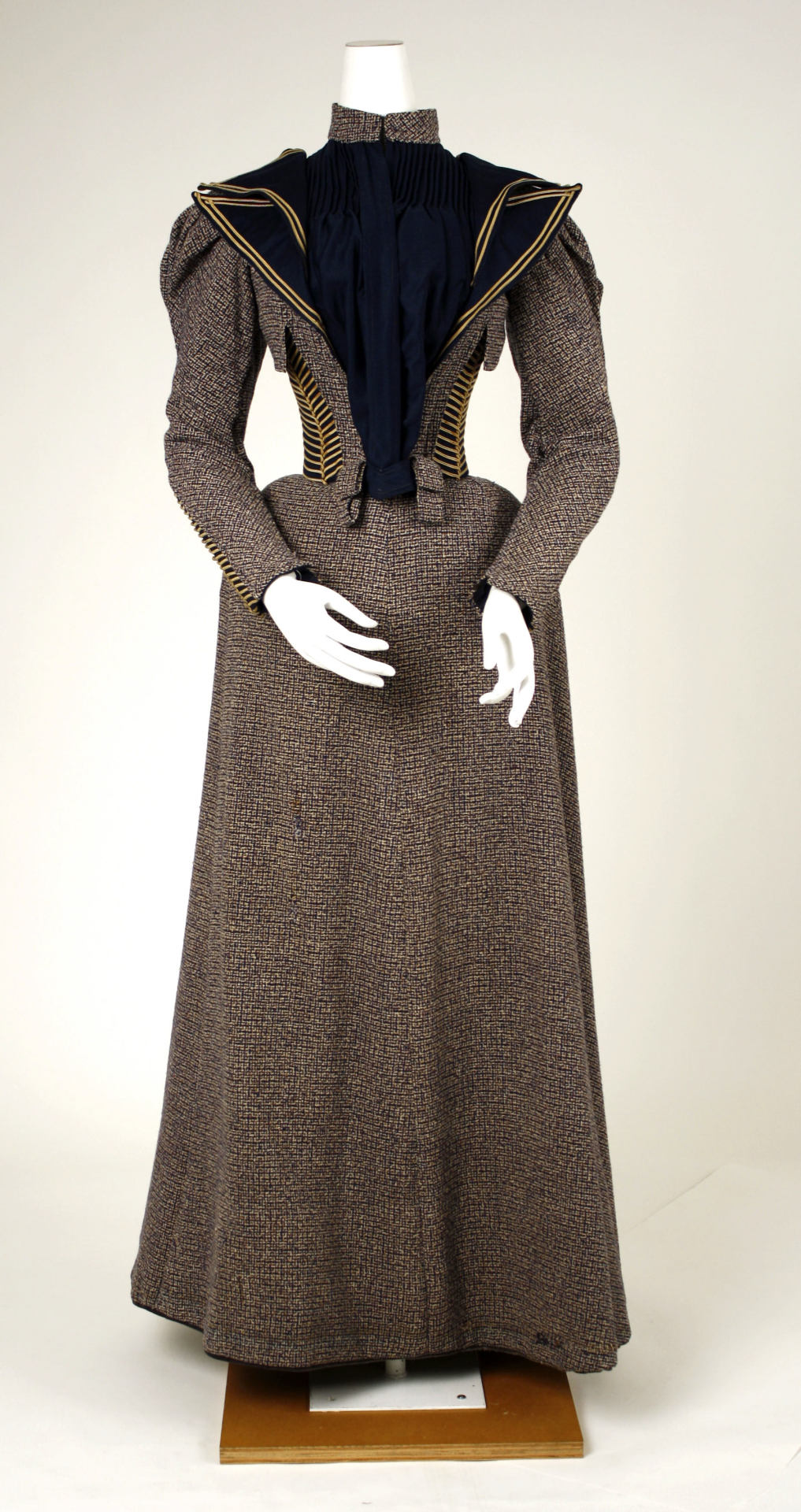
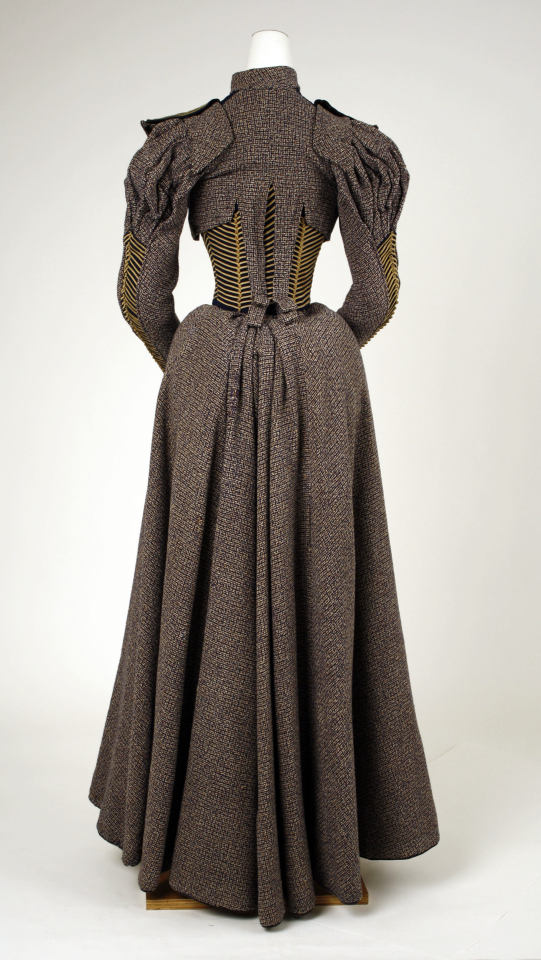

Walking Dress
c.1893
United States
The MET (Accession Number: 1979.163a, b)
#walking dress#fashion history#historical fashion#1890s#turn of the century#19th century#grey#blue#gold#wool#silk#braid#1893#united states#gilded age#the met#up close#i stared at this for SO LONG before I realized it was military braid
591 notes
·
View notes
Photo
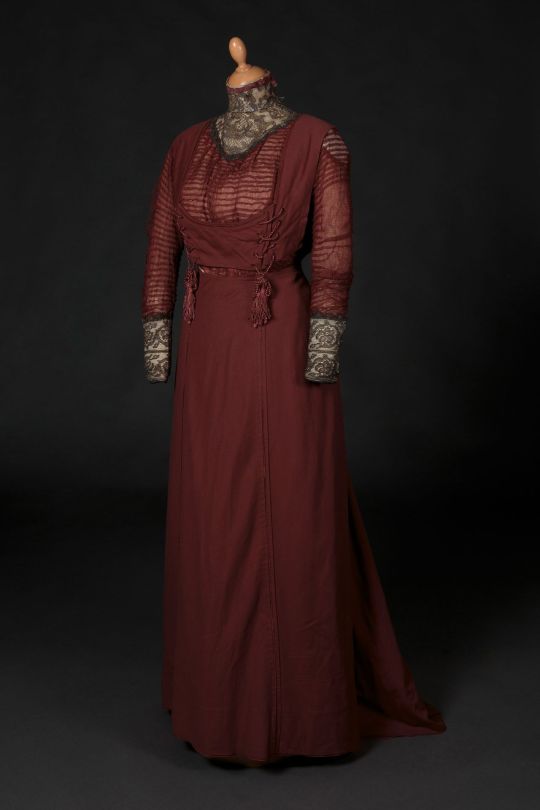
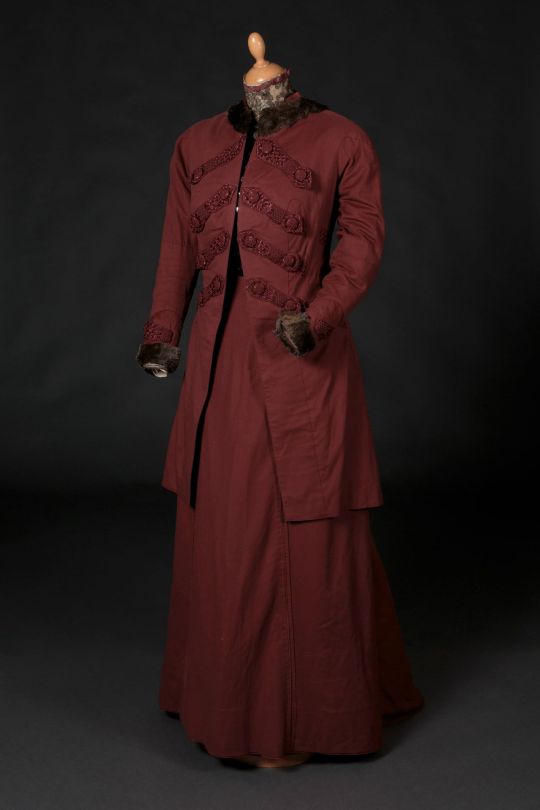
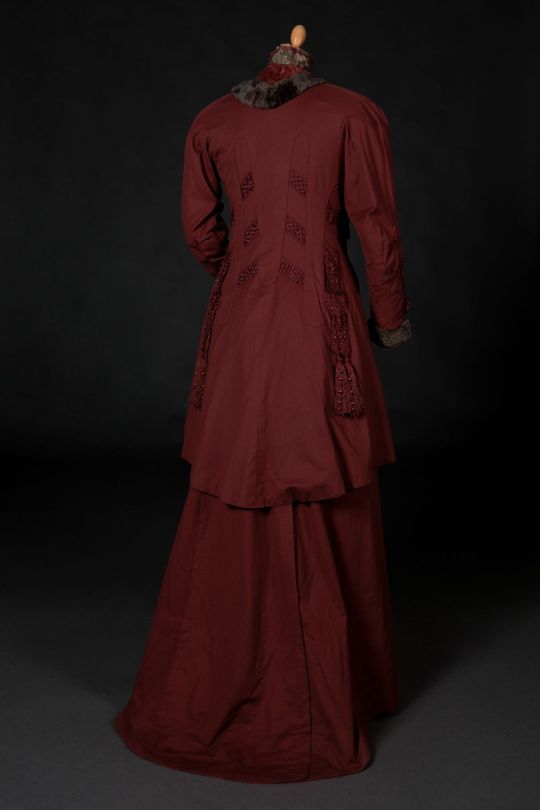
Walking dress and jacket by Paquin, 1908
From Tessier-Sarou
#20th century#edwardian#1900's#extant garments#dress#gown#walking dress#jacket#suit#paquin#jeanne paquin
546 notes
·
View notes
Text

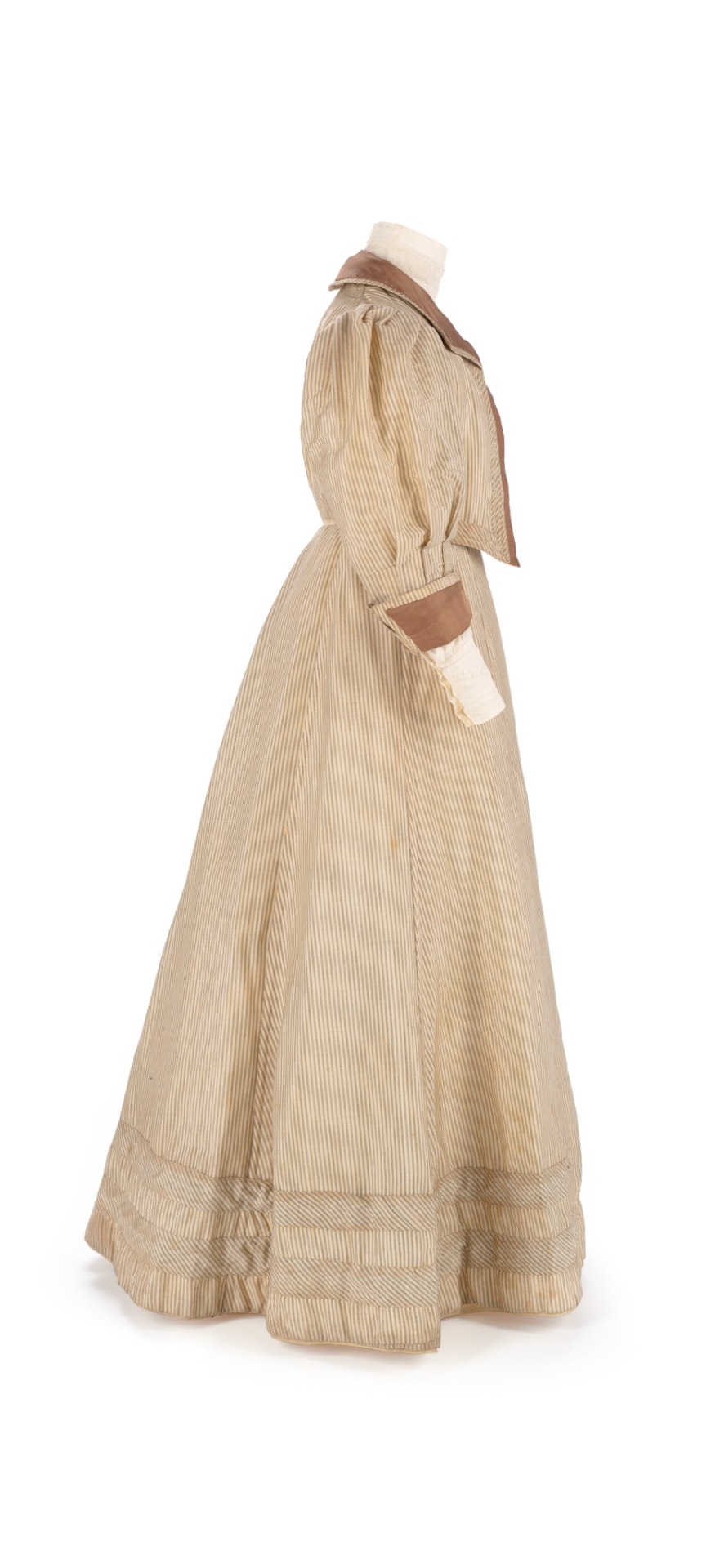

Beige Striped Cotton Walking Dress, ca. 1897.
Museum of New Zealand.
#museum of New Zealand#stripes#womenswear#extant garments#dress#1897#1890s#1890s dress#1890s extant garment#beige#cotton#walking dress#1890s walking dress
92 notes
·
View notes
Text
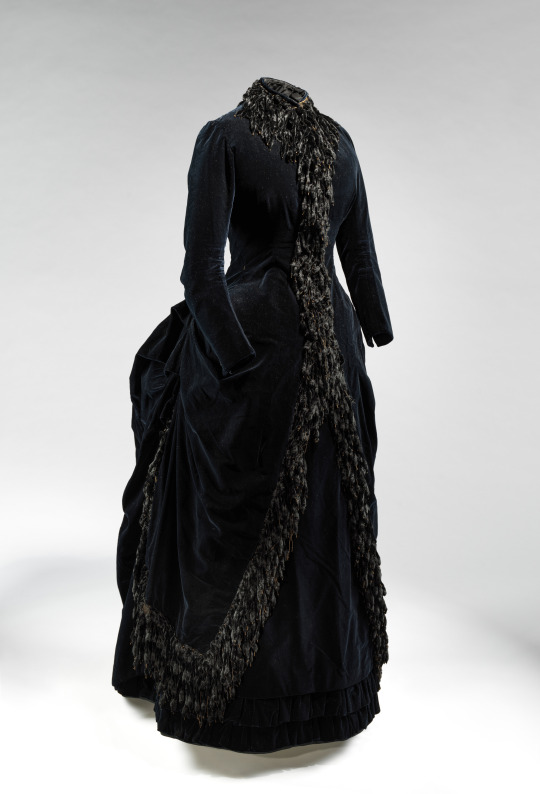


Walking Outfit, c.1885
48 notes
·
View notes
Text
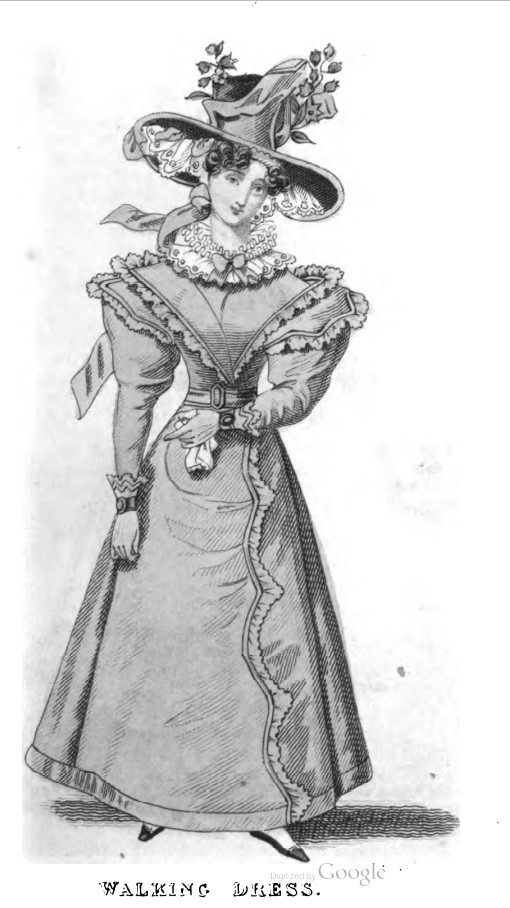
7 notes
·
View notes
Text
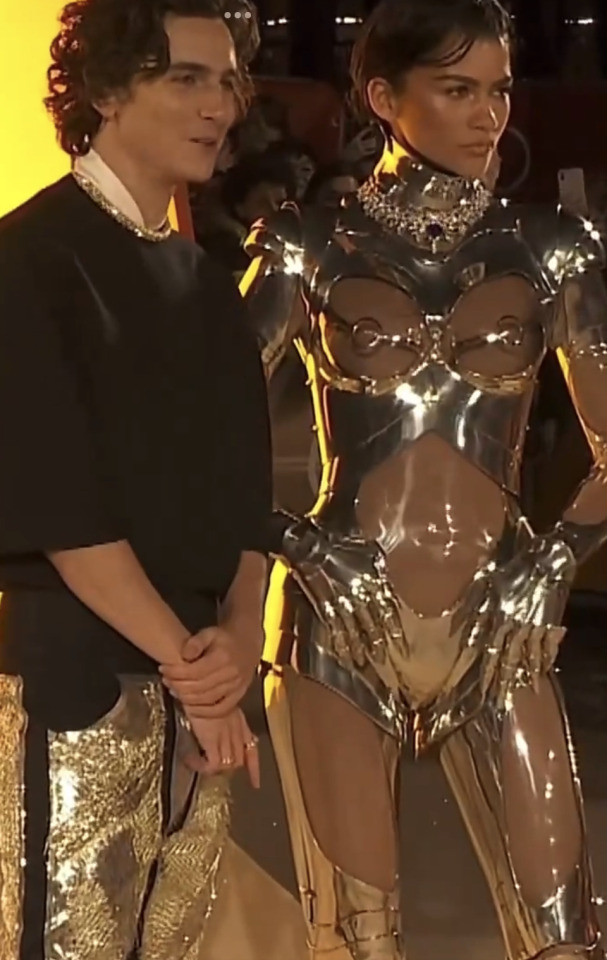
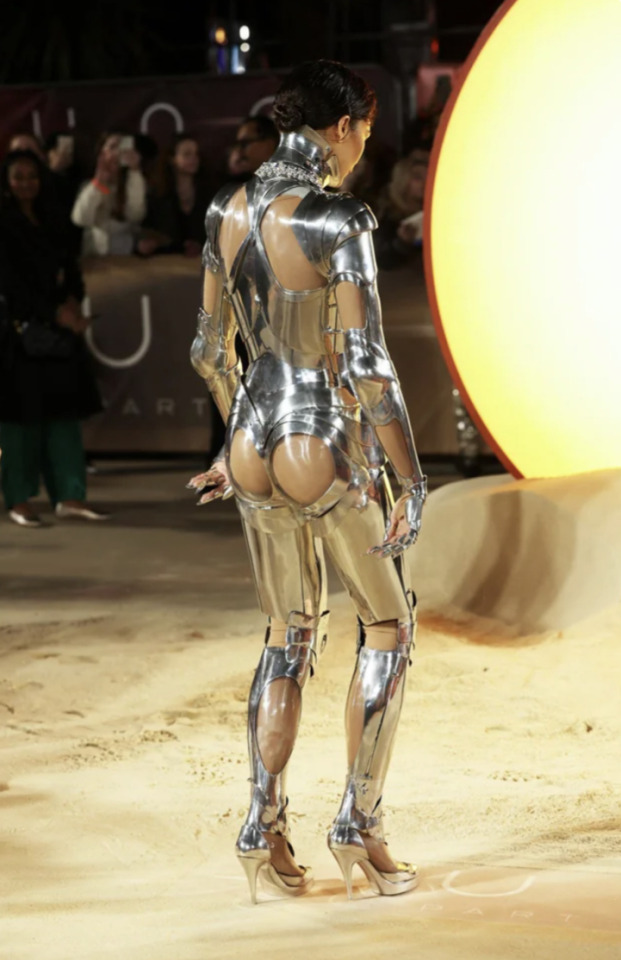
World renowned actress vs. her male co-star.
#radblr#radfem safe#radfems please touch#radical feminism#black radfems#radical feminists do interact#radical feminist safe#radical feminists please touch#radical feminists do touch#She literally has on a robot sex doll costume (designed by a man unsurprisingly) and he’s chilling in a sweater#She couldn’t even walk she had to change into a dress after#she literally could barley move or stand up straight#But Hollywood will tell you this is empowering somehow
1K notes
·
View notes